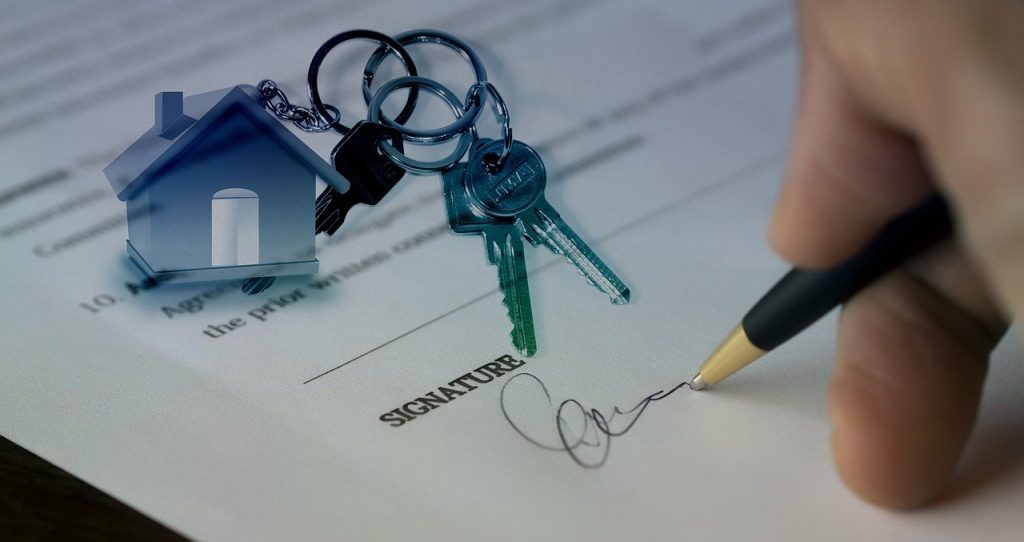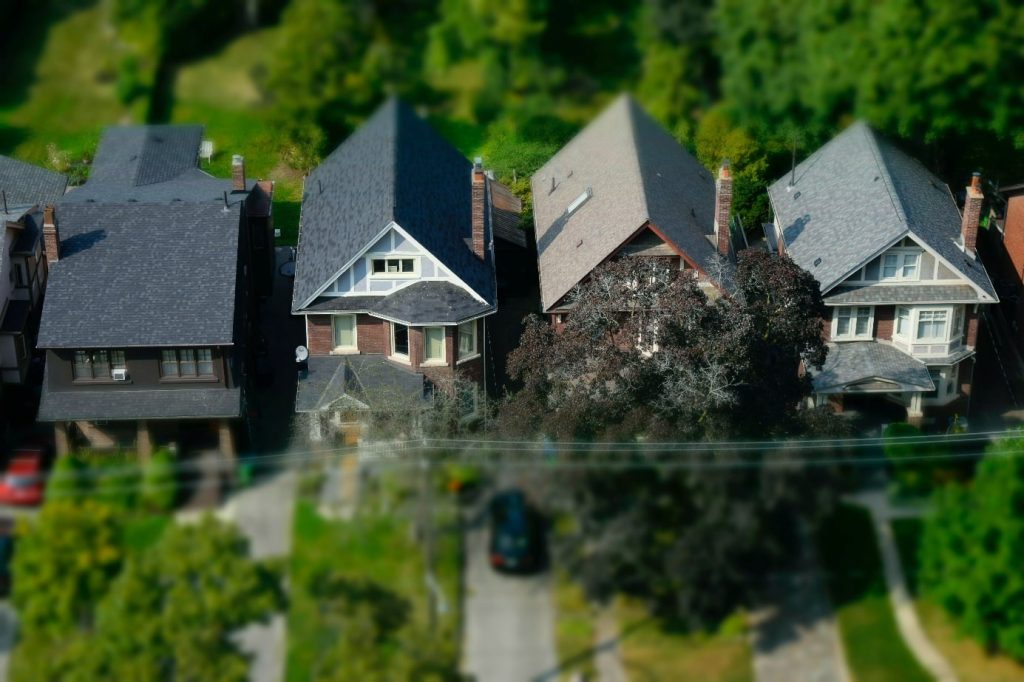When you buy one or more apartments in a building, you become a co-owner. Be aware that the majority of apartments are affected by the condominium regime. In addition to owning the private parts of the building such as the boxes, parking spaces and, of course, the apartment you own, you own a share of the common parts. This is determined based on the size of the home you own. It is the share that will determine the distribution of the co-ownership charges. A co-ownership trustee, whether volunteer or professional, must ensure the administrative management of the co-ownership. He is thus subject to numerous obligations. In the event of a breach of these obligations, the co-owners may decide to dismiss the trustee at any time.
In which cases should you consider changing the syndic of co-ownership?
Co-owners can change trustees in the following situations if the mandate of the current trustee comes to an end (the end date of the mandate is specified in the minutes of the previous general meeting). This approach is also possible if the trustee resigns, or if the latter is dismissed in the event of misconduct or failure to fulfill his obligations.
If the co-ownership trustee resigns, he is required to notify you of his decision at least three months in advance by registered letter with acknowledgment of receipt. If he has breached his legal or contractual obligations, you can revoke him at any time. In this case, it is necessary to ensure that the transition from syndic of co-ownership is done smoothly.
Here are some cases that can justify the dismissal of a trustee:
- Start of work without authorization of the co-owners on a general meeting and in contradiction with a resolution requiring the holding of an extraordinary general meeting.
- Choice of a service provider other than that chosen by the co-owners at a general meeting.
- Late completion of the works voted on in the assembly so that the notified subsidies are no longer granted.
- Non-subscription, by the trustee, of compulsory insurance.

How to proceed with the change of the syndic of co-ownership?
Whatever the reason for the change of trustee, this decision must be voted on at an extraordinary general meeting. A revocation, on the other hand, must be supported by solid and varied indisputable evidence of the trustee’s negligence.. Here are the steps to follow to best organize the change of trustee.
1. Find candidates for a new trustee
In order to ensure that the trustee can properly fulfill his duties, you must list the important missions that this manager will have to fulfill. You should also pay particular attention to the following:
- the type of buildings managed : the trustee must take over the management of similar condominiums;
- the number of batches managed : a trustee should not manage more than 25 buildings (1000 lots) to be able to devote the time it takes to each condominium;
- the trustee’s availability.
2. Compare offers
The syndic’s contract must comply with the standard contract which is made up of 2 annexes: the first includes the mandatory day-to-day management services and the second includes the specific services, specific to each co-ownership, which may be subject to remuneration. additional.
When you compare offers, be sure to check that the contract proposed by the trustee complies with the standard contract, that he did not add additional clauses. Compare the duration, the price of the annual package, the duration of the general meeting included in the package, the number of visits and meetings with the union council, the remuneration for the work and the price of specific services.
The board of directors plays a major role in the selection of the future trustee. It is the jury that generally identifies the candidates, requests the quotes, analyzes and compares the offers received and negotiates the contract with the candidate(s) selected to propose their appointment at a meeting of the co-owners. In other words, this selection work requires a strong involvement of Board members and technical and legal skills that are not necessarily available to everyone. Especially since the trustees’ contracts are difficult to compare with each other.
The board of directors may issue a brief written opinion on each of the syndic’s draft contracts. In this case, this notice is then attached to the convocation of the general meeting, accompanied by the draft contracts. The notice is not mandatory and the directors may instead, at a meeting, make a verbal presentation of the different contracts they have collected, explaining their preferences.
3. Hold a general meeting

The dismissal of a trustee presupposes in principle the holding of an extraordinary general meeting with a relatively cumbersome convening procedure. This revocation can take place at any time before the expiry of the agreed term, provided that the revocation is justified. The right of withdrawal can only be exercised for a legitimate reason. You must then send a letter to your current trustee by registered letter with acknowledgment of receipt including:
- the draft resolution : “Dismissal of the trustee”;
- the faults motivating the early termination of the mandate.
It is up to the co-owners to provide proof of a serious and legitimate reason, in particular a breach of the contractual or legal obligations of the trustee.
When voting, the trustee who wins the most votes is elected if the majority is reached. Otherwise, a second vote will take place on the trustees who have won at least one third of the votes.
A dismissal duly approved by a majority vote at an extraordinary general meeting of co-owners immediately terminates the duties of the trustee. Thereafter, the building manager no longer has the right to claim costs. The co-owners must however be aware that in the event of unfair dismissal, the trustee of their building may claim damages.
The new trustee is generally operational 1 to 2 months after the extraordinary general meeting. This is the time needed to recover all documents and funds from the former trustee.
Read also : Co-ownership: the operation of the trustee




